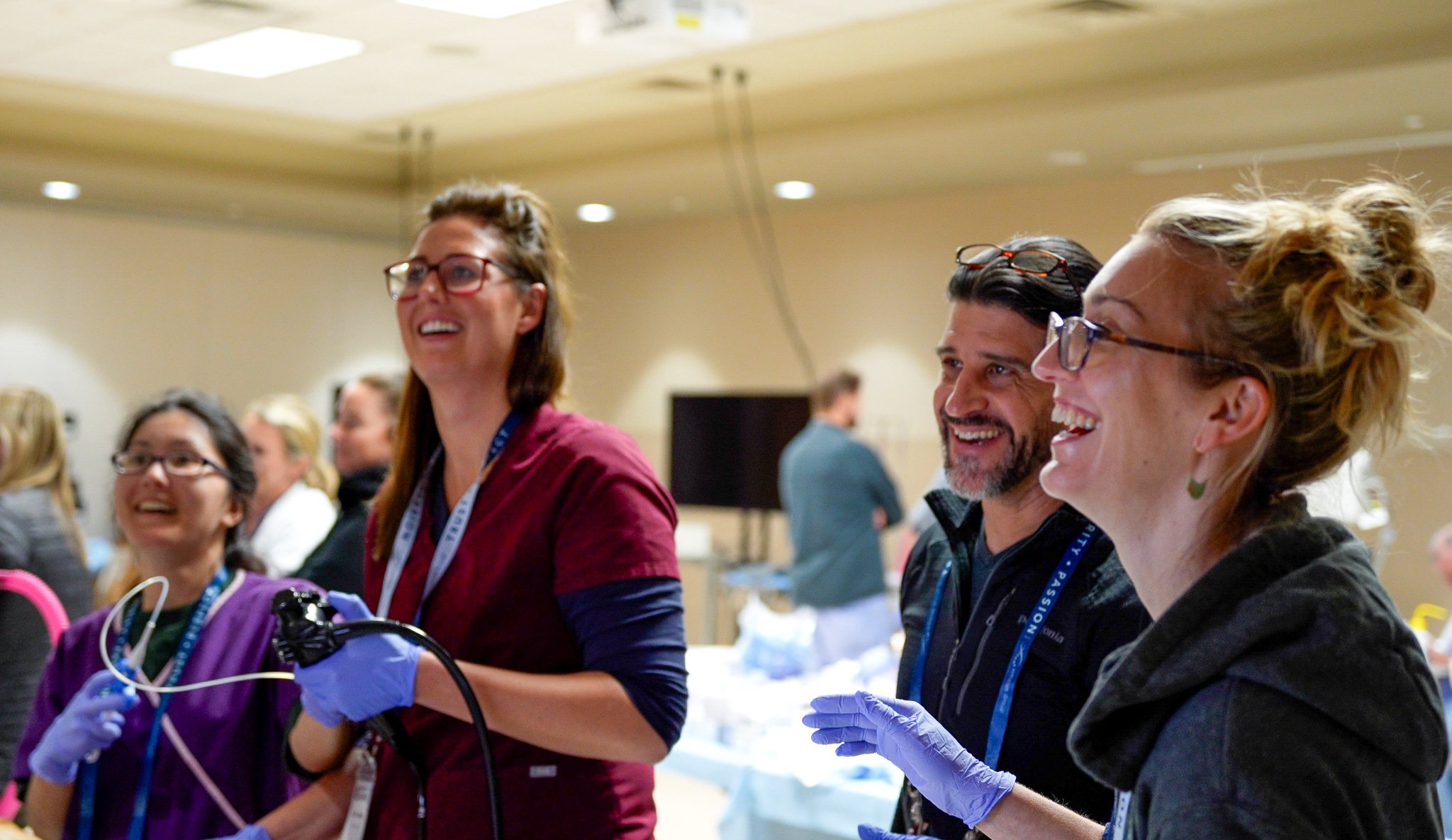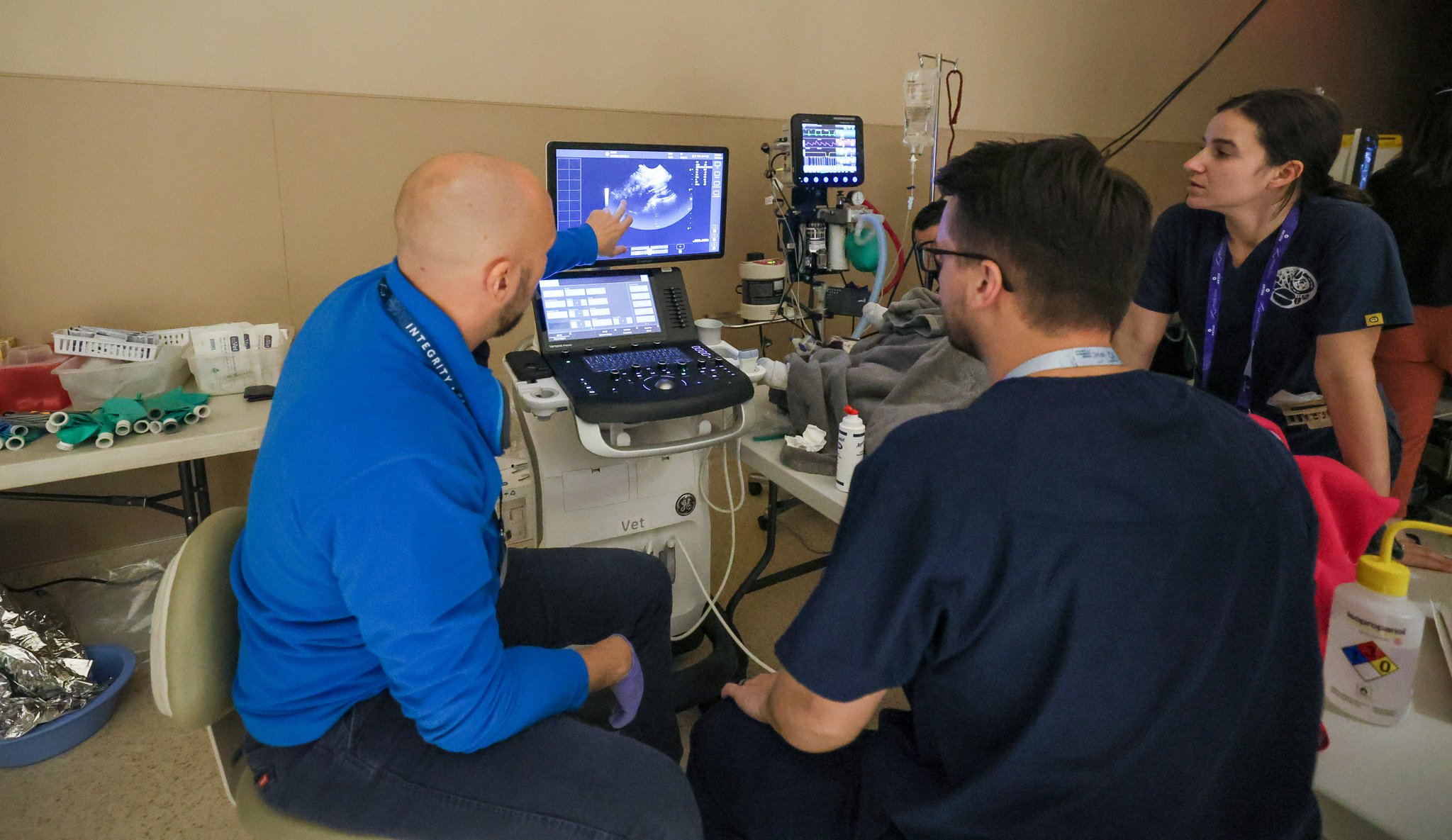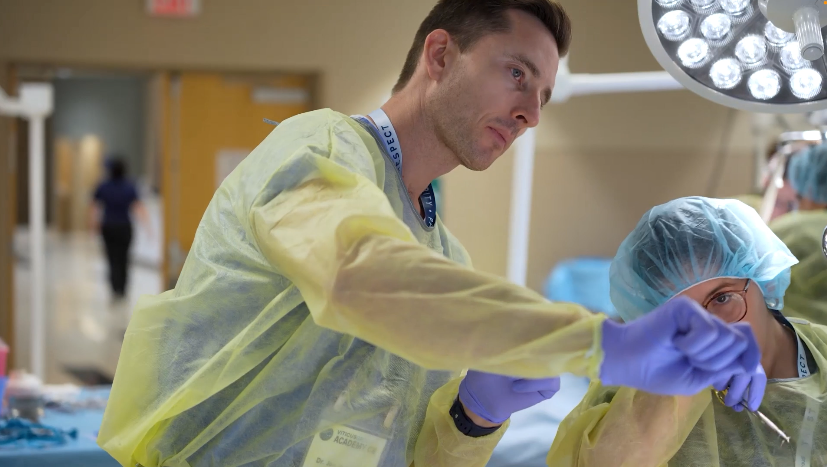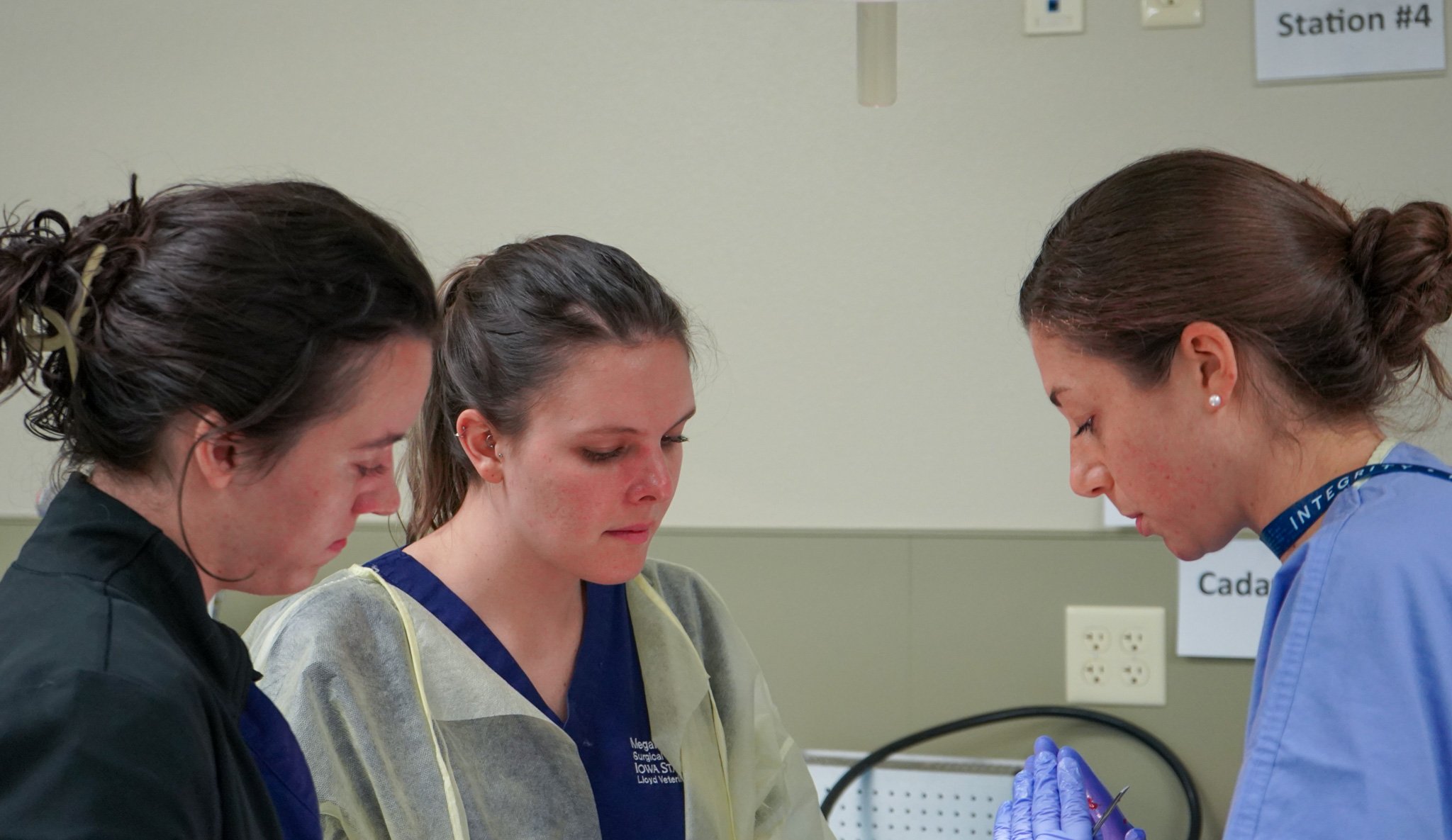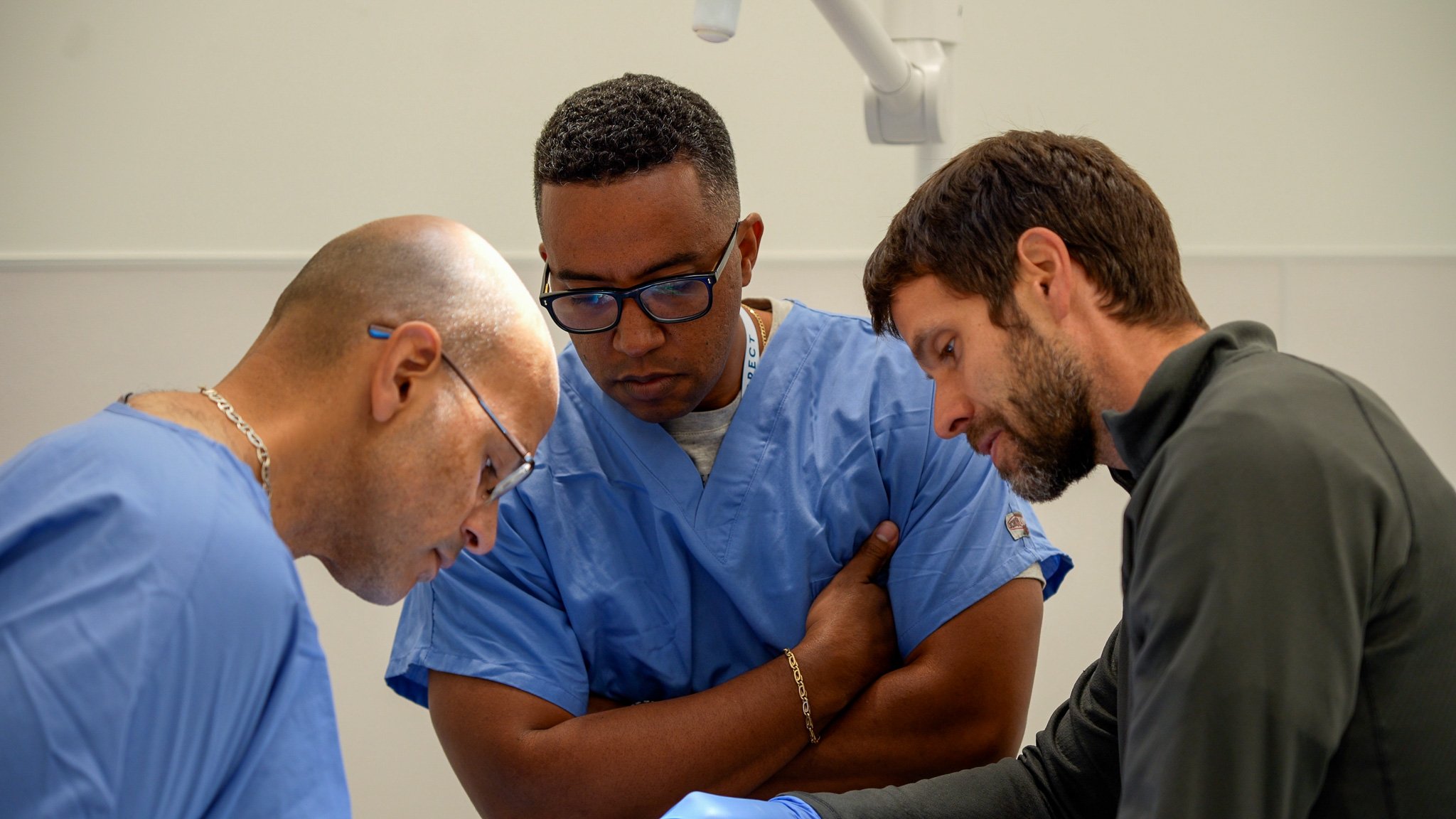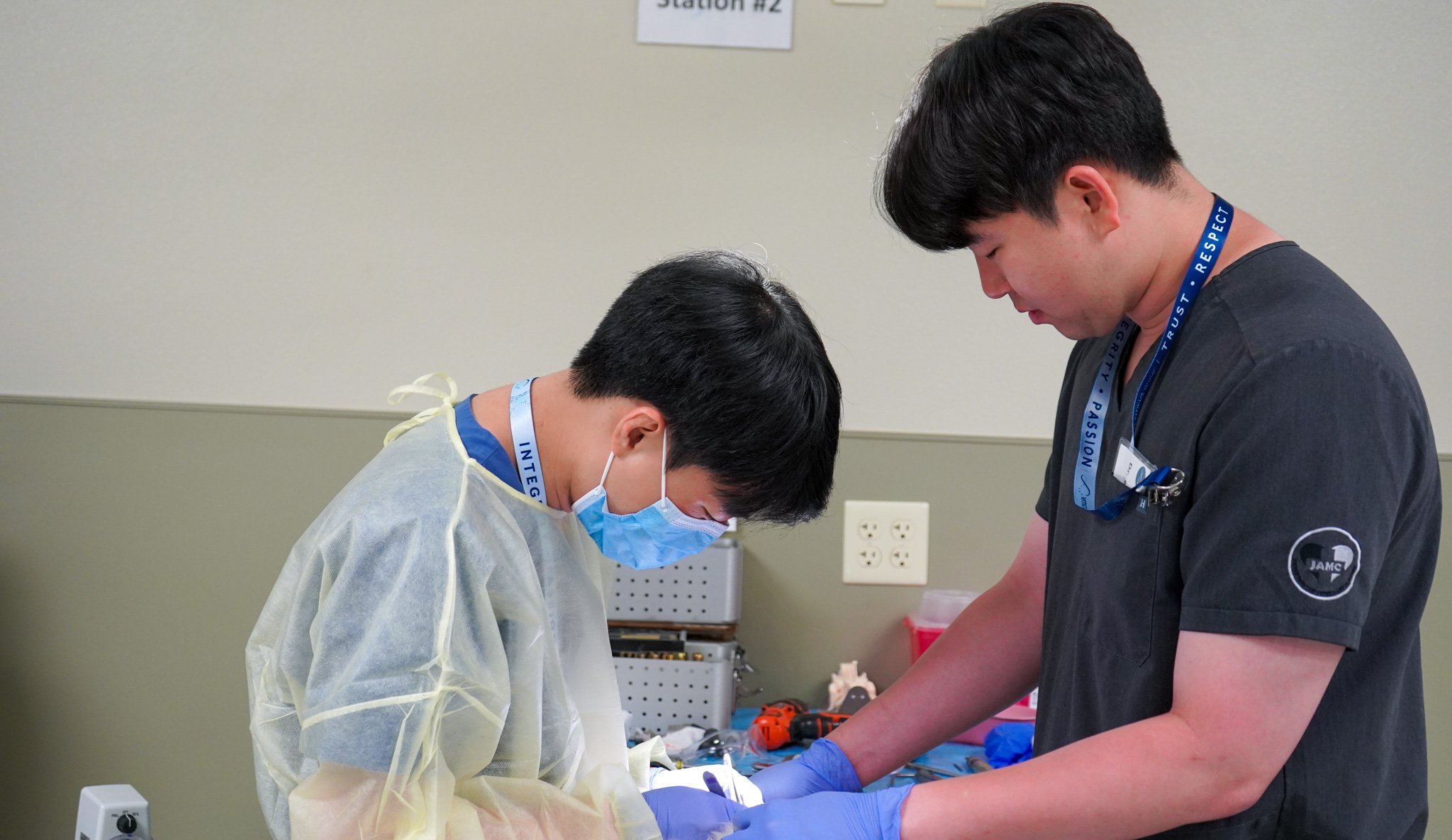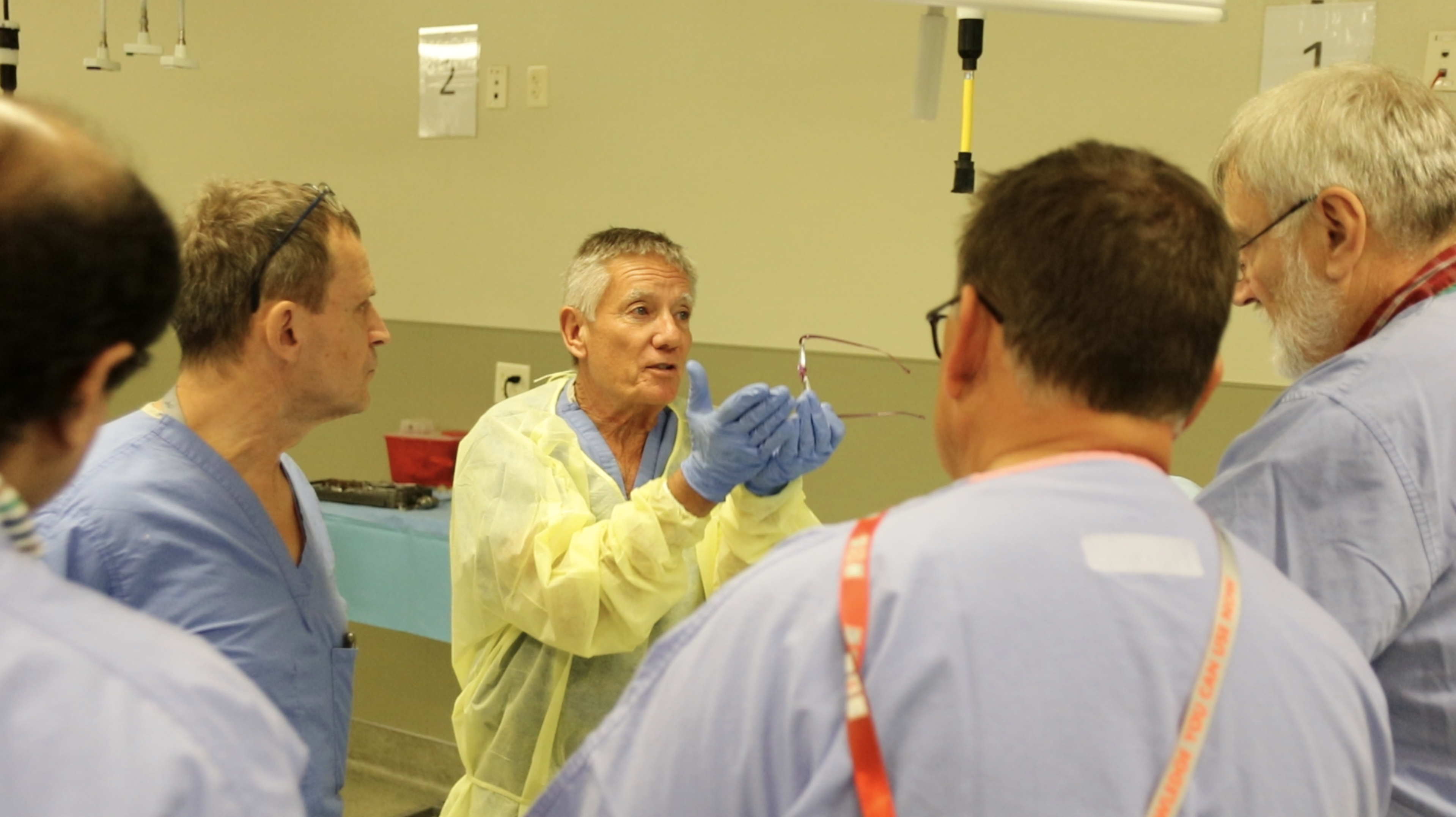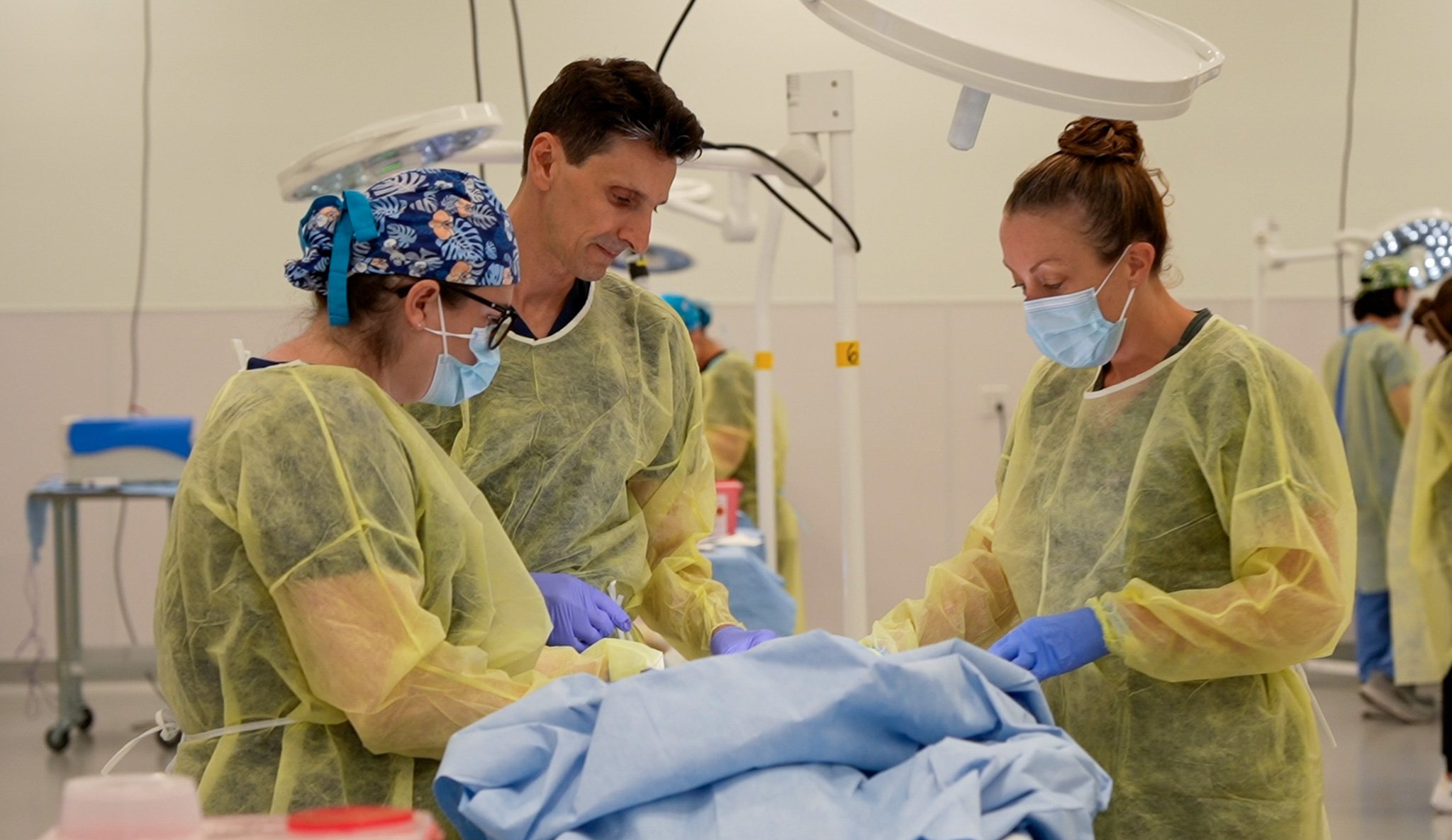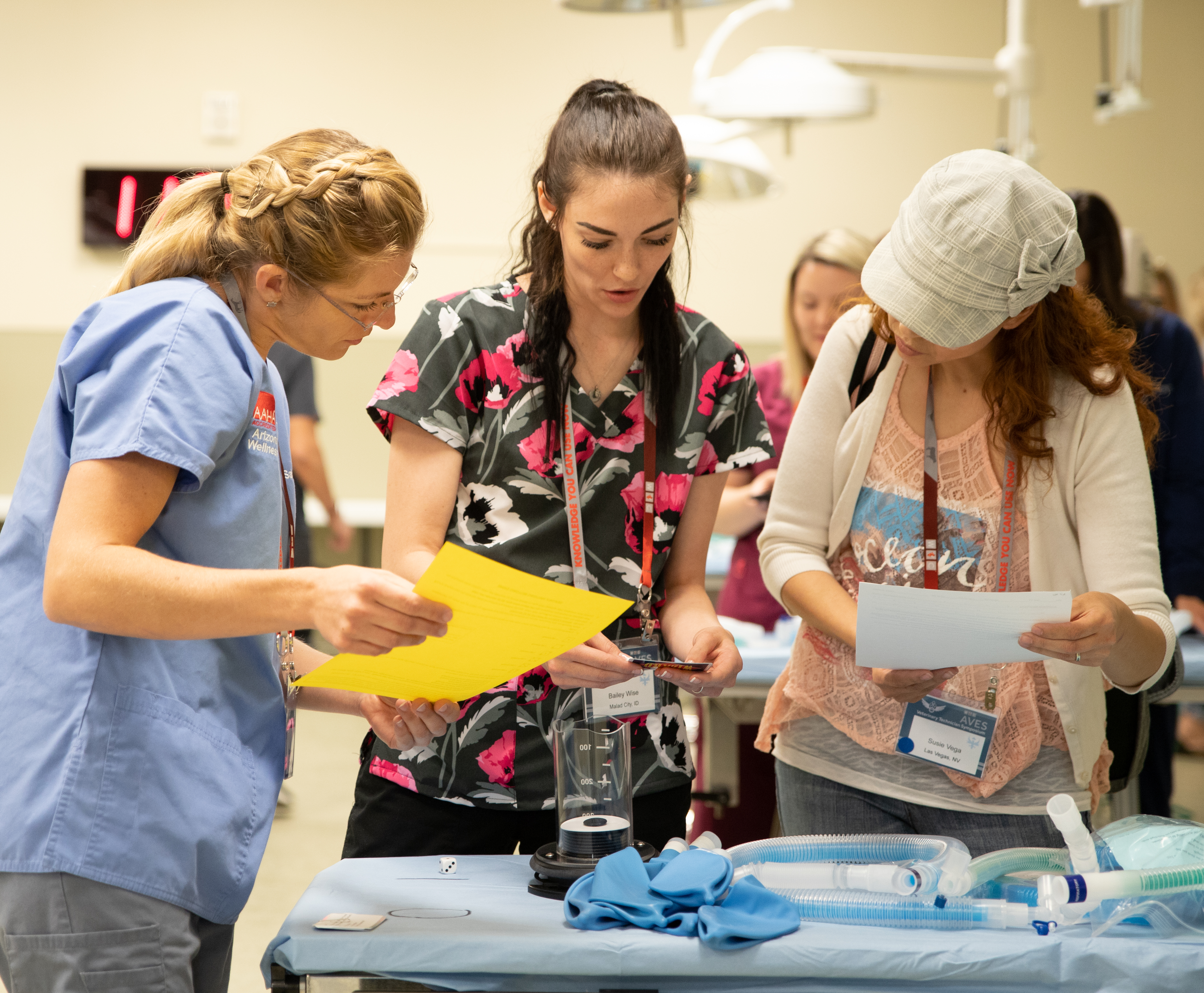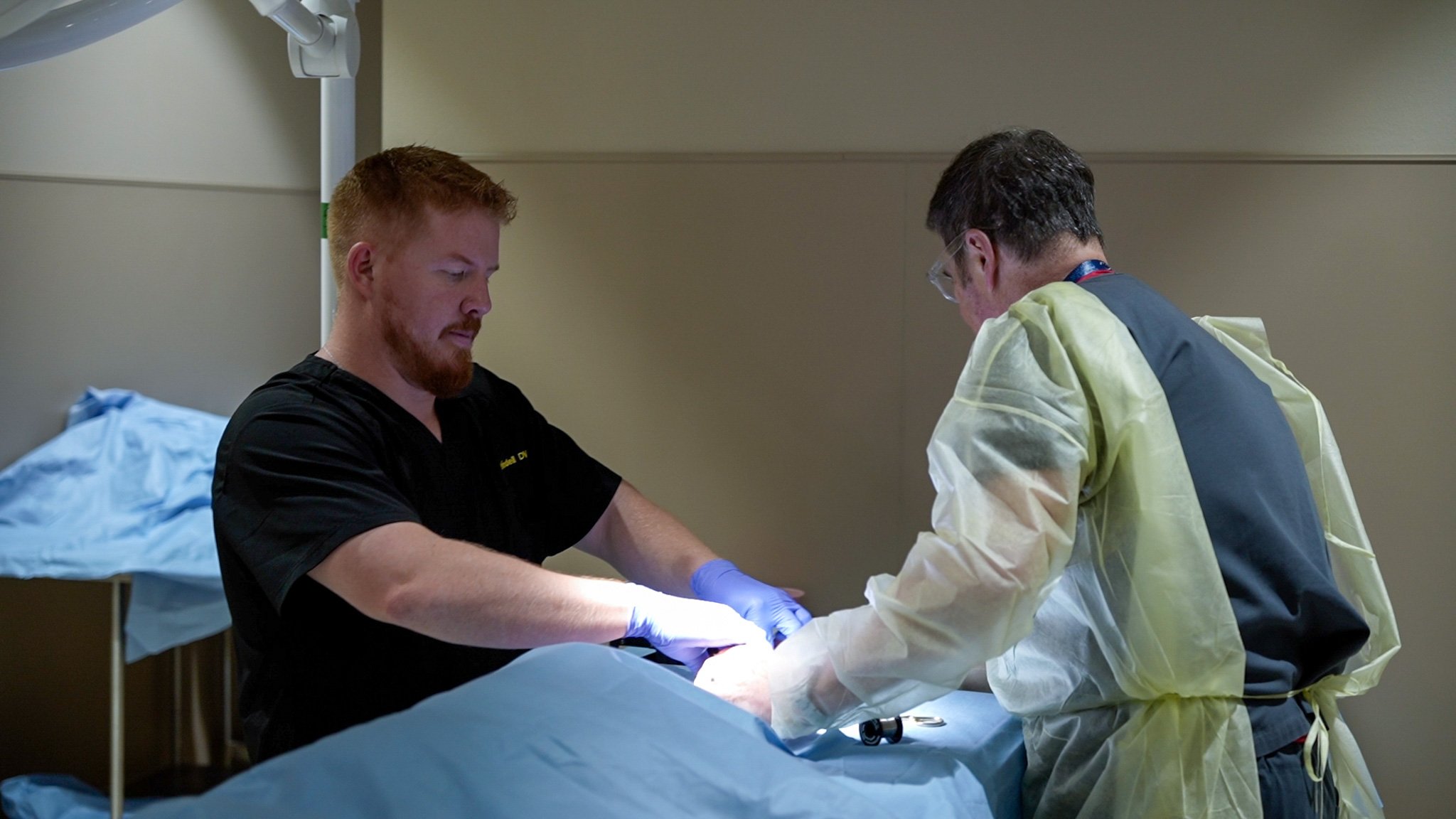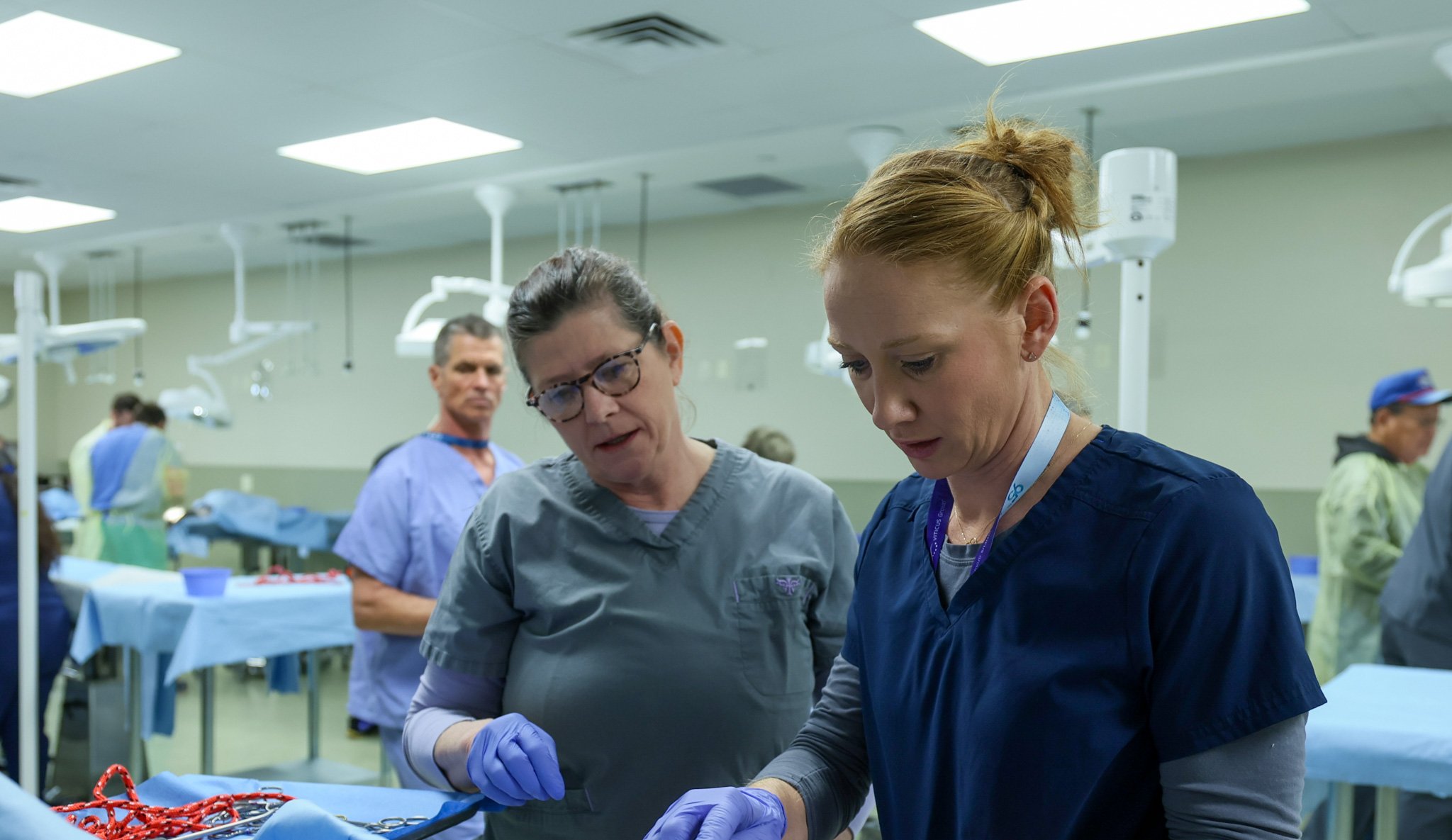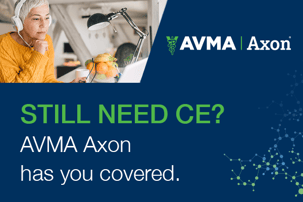Hands-On Veterinary Education
Earn RACE-approved continuing education (CE) and learn from top instructors in a hands-on lab environment. Hosted at both our Eastern and Oquendo Centers in Las Vegas.
No results
SPONSOR YEAR-ROUND ACADEMY LABS
More exposure. More access. More connections.
Extend your presence beyond a single course. Your year-round partnership with Viticus Group fuels veterinary education and positions your brand as a trusted leader within the profession. Every dollar invested earns valuable priority points unlocking earlier booth selection, first access to premium sponsorships, and high-visibility opportunities that keep your brand front and center all year long.
Year-round support unlocks:
Visibility & Recognition
• Brand exposure before, during, and after WVC through high-impact placements.
• Recognition in communications as a premier supporter of veterinary education.
Access & Advantage
• Early selection of booth space and meeting rooms.
• First access to limited advertising inventory.
• Early insight into new experiential opportunities and upcoming initiatives.
Experience & Engagement
• Guaranteed booth staff room blocks at host hotels for convenience.
• Personalized engagement options with veterinary professionals.
Elevate your investment today, contact sponsorships@viticusgroup.org
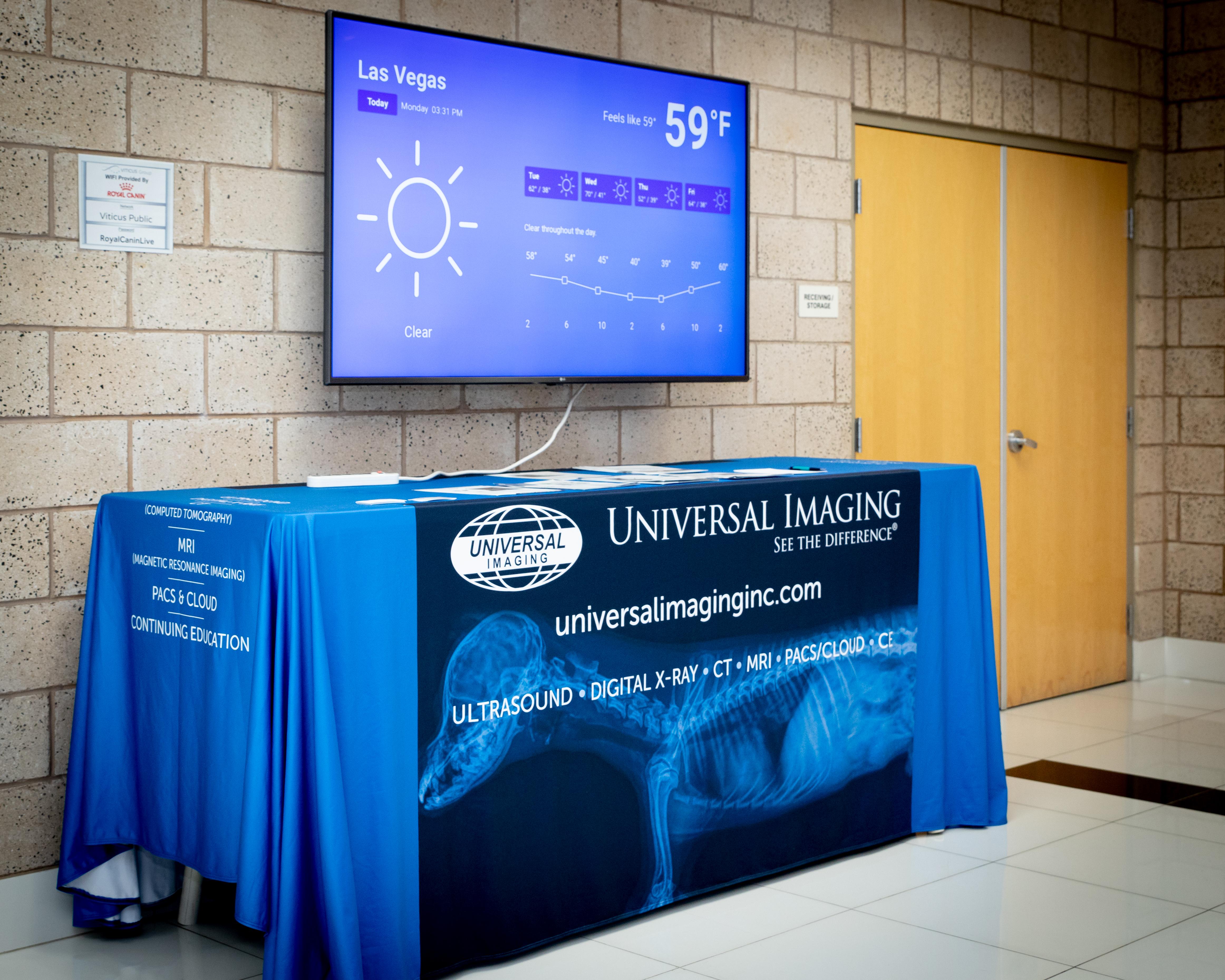
Thanking Our Year-Round Sponsors
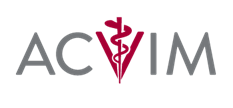




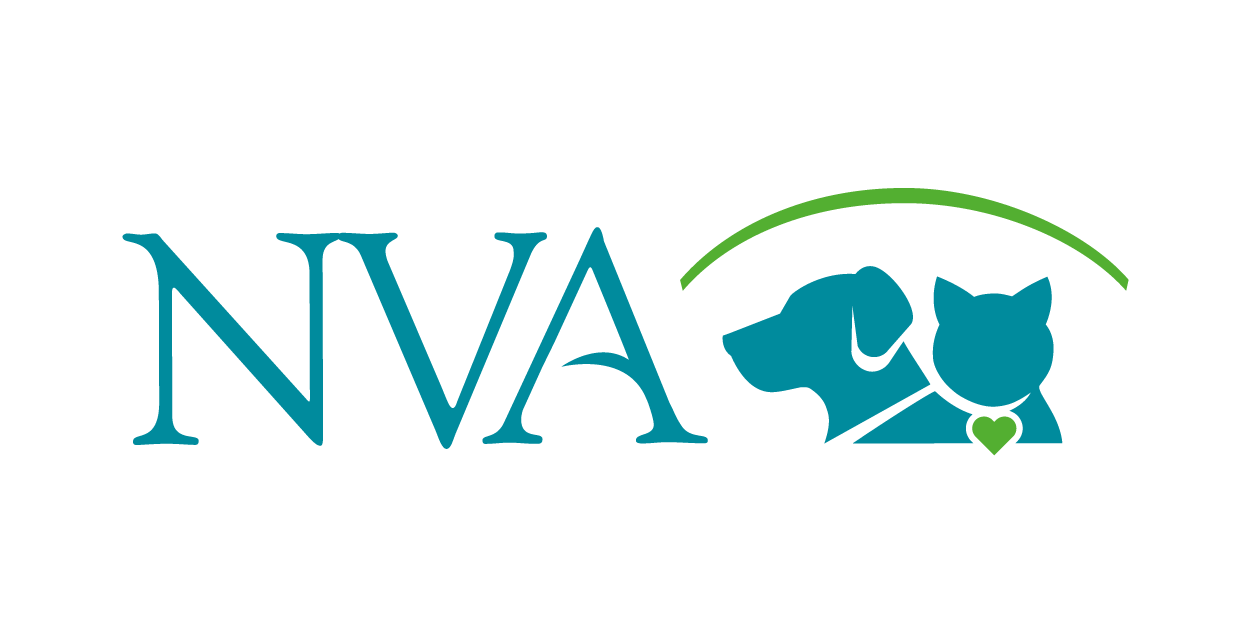
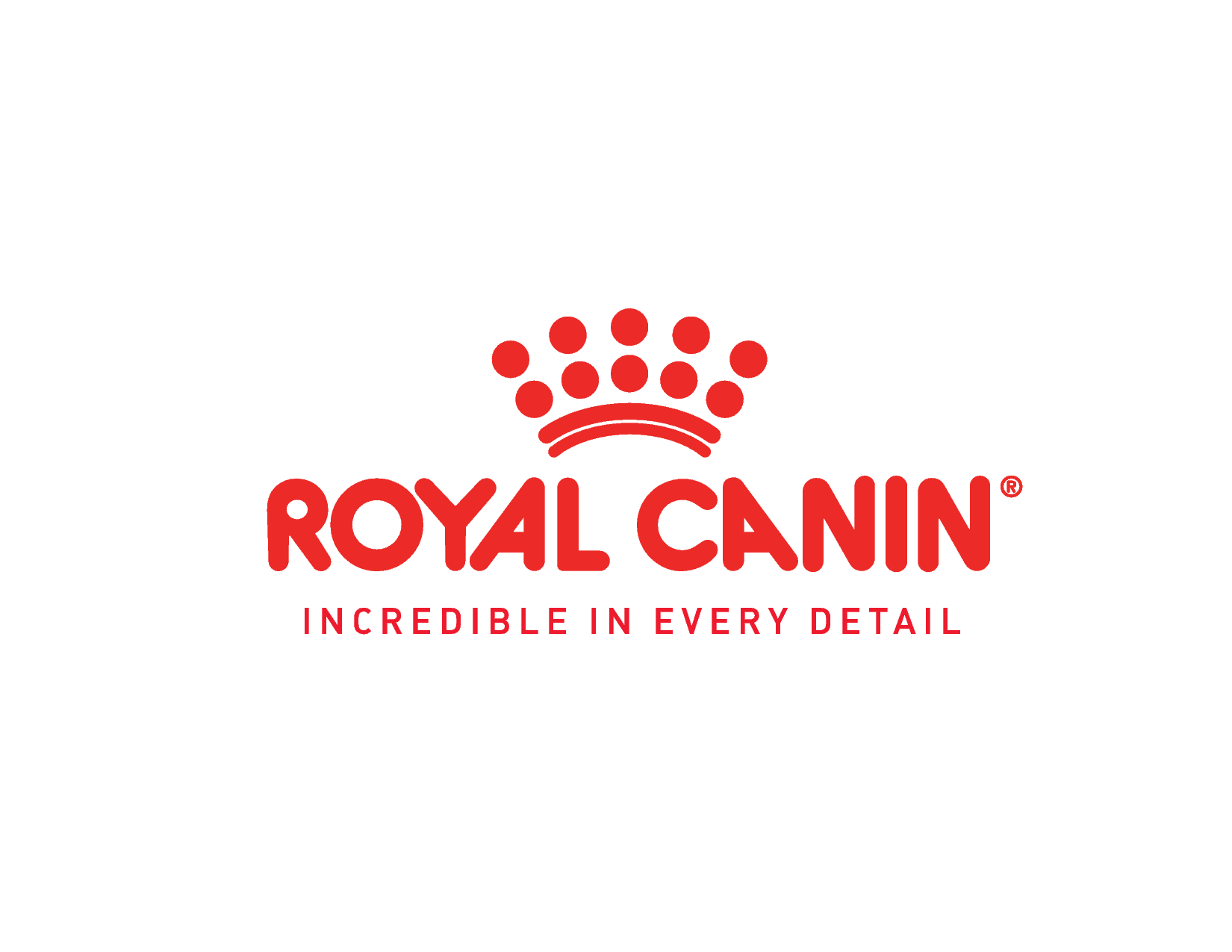


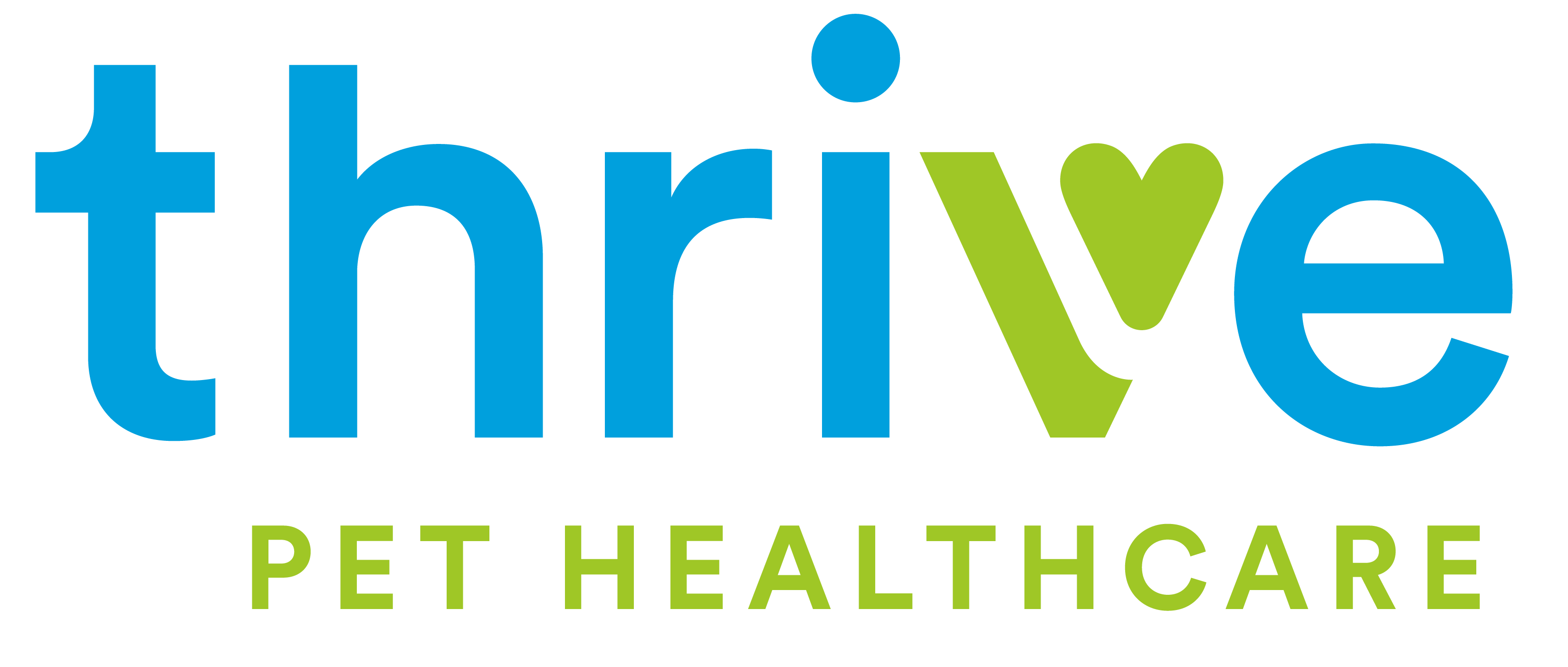
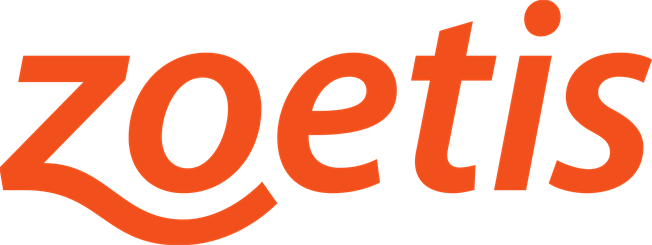
Be the first to know!
Subscribe to our email list and be notified about unique CE opportunities for you with our hands-on Academy CE labs!




